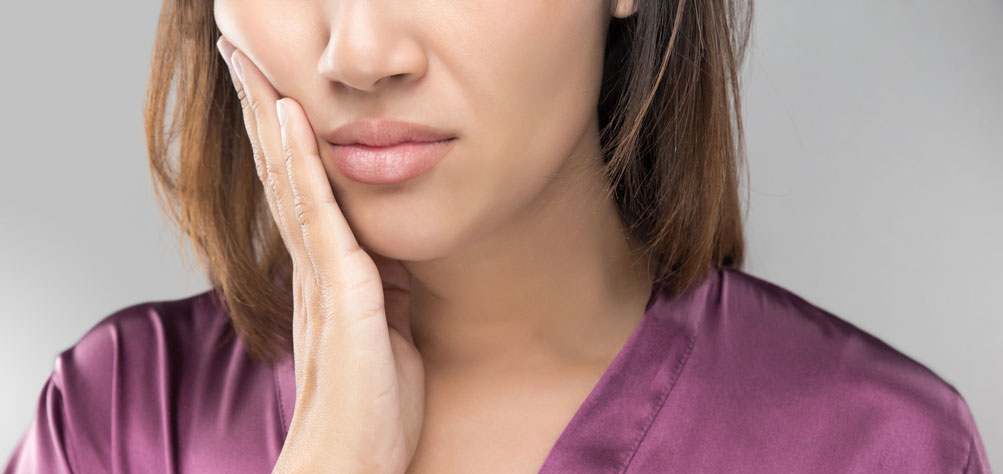Temporomandibular Disorder (TMD)

Facts
1) TMD (temporomandibular disorders) affects 5 to 10% of the population.
2) TMD affects females more than males with a 4:1 ratio.
3) TMD most commonly affects younger adults, especially women aged 20-40 years.
Anatomy Review
The temporomandibular joints (TMJ) are located just in front of each ear and join the jaw to the face. TMJ movement can be felt by placing your fingers just in front of your ear while opening and closing your mouth. Ligaments hold the 2 sides of the joint in place while several muscles move the jaw. In the joint itself there is a small disc that helps guide the jaw movement.
Causes
• Stress, clenching, grinding teeth.
• Trauma to the face (i.e. blow to the jaw).
• Habits such as chewing finger nails, gum chewing, and biting your lip or cheek.
Symptoms
Face, jaw, ear, and/or headache pain, which may worsen throughout the day with talking, chewing, yawning, etc. It may also disturb sleep or be present first thing in the morning. There may be associated popping, snapping, locking of the jaw and/or limited jaw movement.
Treatment Options
Conservative options include:
• Physical therapy to provide treatment such as education regarding self management strategies, exercise prescription, manual therapy, and modalities such as ice, heat, etc.
• Avoiding poor oral habits.
• Possible referral to your dentist regarding the use of a night splint.
CONTACT & HOURS
Phone: 306-343-7776
Fax: 306-343-7780
Monday to Friday: 9am-6pm
Locally Owned & Operated
